Changing production habits
Ecological shrimp are shrimp that grow in the natural environment, live and feed with natural instincts. Thanks to that, the shrimp do not carry residues of antibiotics, growth stimulants, or environmental cleaning chemicals. Depending on the locality, ecological shrimp grow with different farming forms such as shrimp - forest, shrimp - rice, etc.
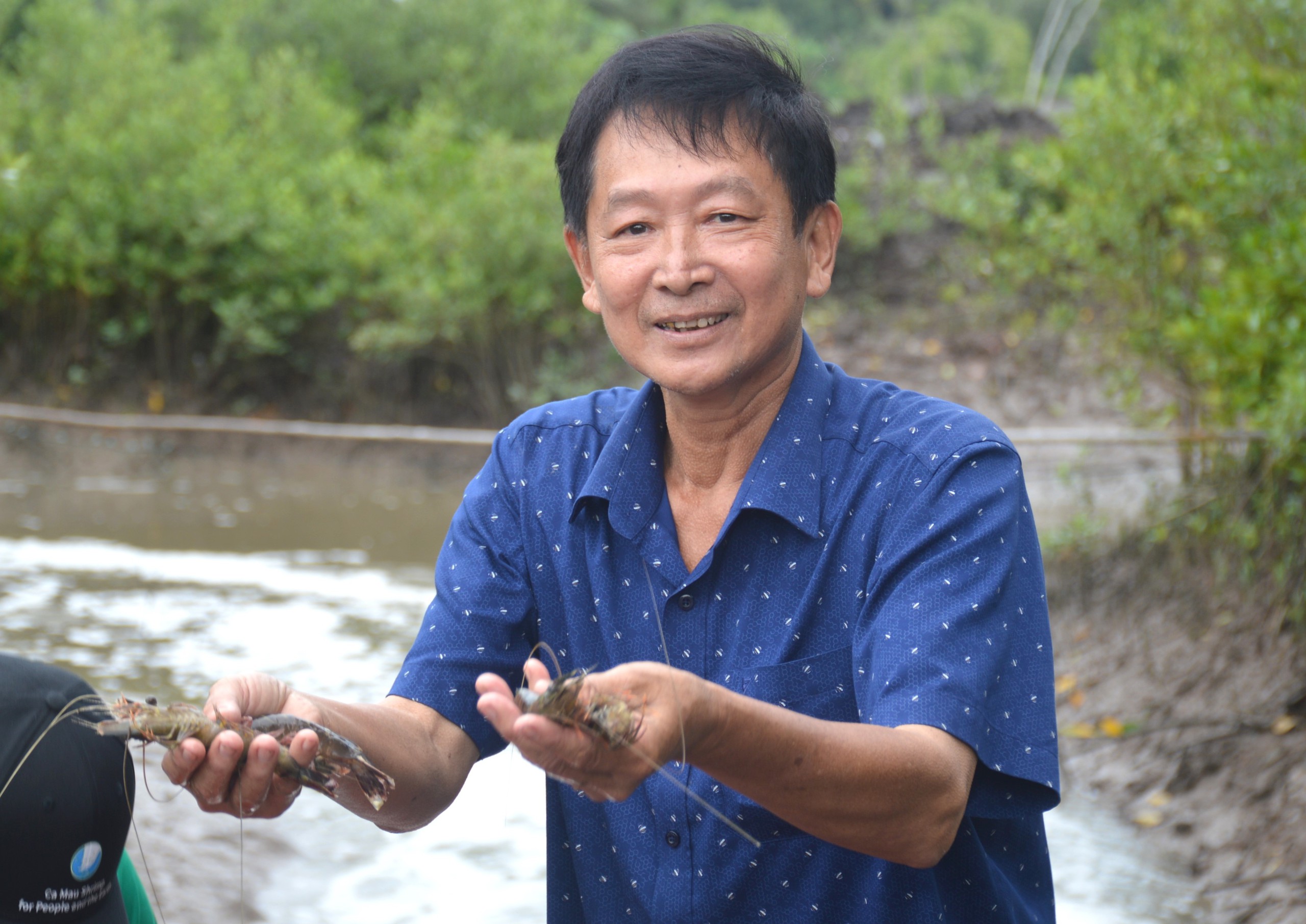
Farmers harvest shrimp raised under the forest canopy. Photo: Tan Dieu
For the southernmost province of the country, characterized by the mangrove ecosystem, the shrimp-forest model - shrimp farming under the mangrove canopy occupies a large area. Ecological shrimp in mangrove forests are shrimp living in brackish water environments, with a minimum forest cover of 50% of the farming water surface area.
Mr. Pham Van Lam in Lam Hai commune, Nam Can district, has been raising shrimp under the mangrove forest canopy for more than 20 years and is one of the households that has been quite successful with the model. He said that in the past, most of the shrimp seeds were caught from the wild and then put in shrimp ponds to grow on their own without care. Later, when shrimp farming developed, the number of natural shrimp seeds gradually decreased, so people had to buy more artificial seeds for farming, but still maintained the traditional production method.
"In recent years, natural farming is no longer effective due to the decreasing quality of water sources and consumers becoming more demanding. Farmers have started to switch to ecological shrimp farming," said Mr. Lam.
According to Mr. Lam, the company contacted and persuaded people to build ecological shrimp farming areas, and purchased products for people in the area. In the early days, people were not familiar with the model, but gradually they understood the benefits of the model and followed it. Farmers paid more attention to the selection of breeds, and the stocking density was also lower than before.
Ecological shrimp farming is basically no different from the old way, the only small change is that farmers do not use industrial feed, pesticides for fish and banned drugs. Ecological shrimp are often raised in the form of extensive farming, improved extensive farming, depending on the conditions of each region, the farming density can be high or low, and the fry can be supplemented periodically every month. During the farming process, farmers must comply with regulations on the use of fertilizers and microorganisms (of organic origin).
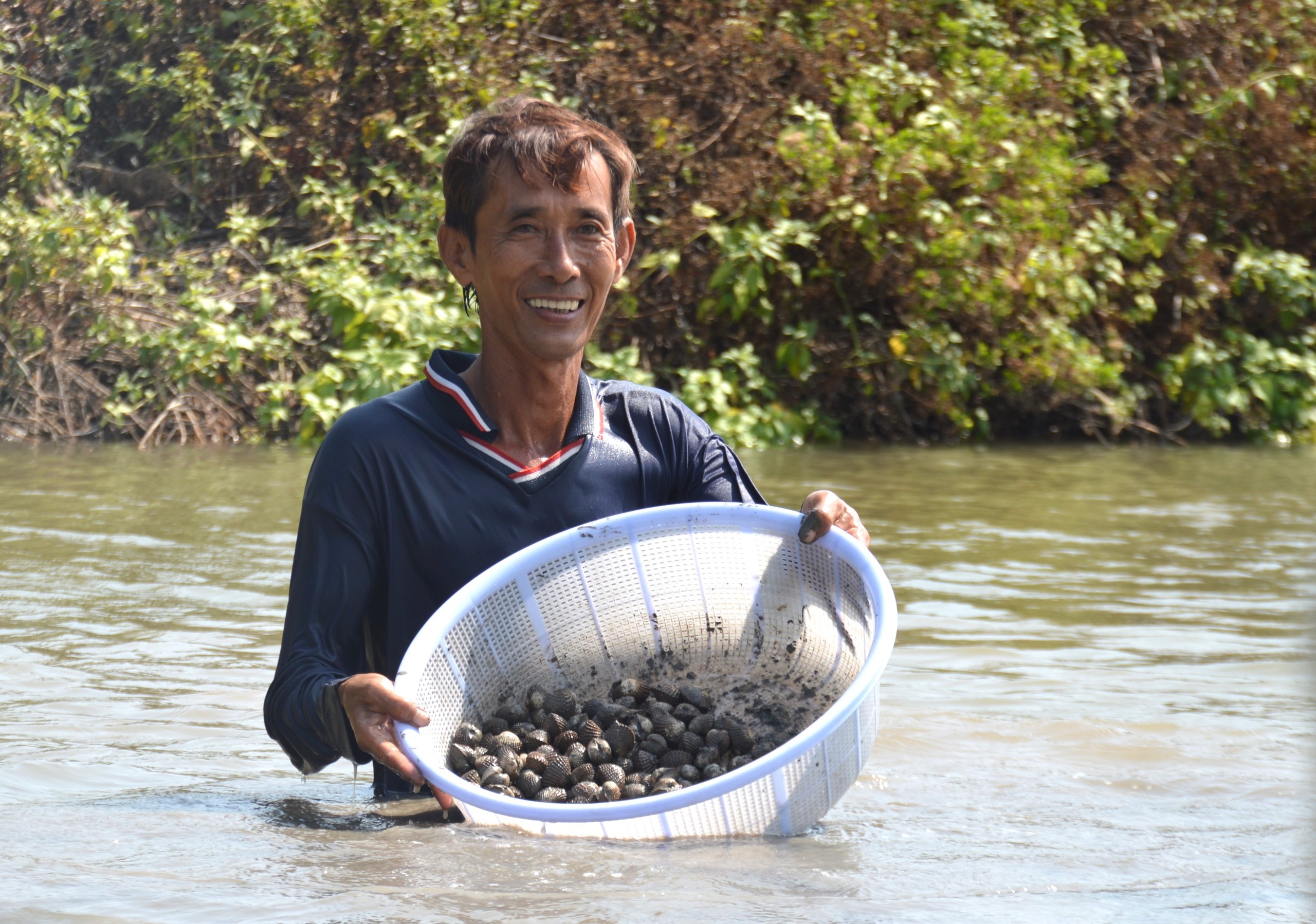
Mr. Lam harvests blood cockles raised in an ecological shrimp farming model under the mangrove canopy. Photo: Tan Dien
Not far away, Mr. Pham The Kiep said that his family has more than 5 hectares of production using the ecological shrimp farming model under the forest canopy. "The forest canopy reduces the water temperature, which is a good condition for aquatic products to develop. Fallen mangrove leaves are food for shrimp and crabs below. Normally, farmers will gradually harvest shrimp after 4 to 6 months of farming. If the year is good, raising shrimp combined with crabs and blood cockles effectively, I can earn a profit of several hundred million VND. Compared to traditional farming methods, farmers have a higher and more sustainable source of income," said Mr. Kiep.
According to statistics from the functional sector, some sources of income from the ecological shrimp farming model average 100 - 120 kg/ha/year of shrimp; 50 - 80 kg/ha/year of crab, 50 kg/ha/year of various fish; 100 - 150 kg/ha/year of blood cockles, with a total income of 30 to 40 million VND/ha/year. Shrimp certified according to international standards will be purchased by export processing enterprises at a price about 5 - 10% higher than other traditional products. Thanks to that, farmers applying the model will be less worried about output and unstable prices.
In addition, the company supports payment for forest environmental services for 250,000 - 500,000 hectares/year and provides high-quality breeds for farming. In addition to income from aquaculture, people also receive additional income from exploiting forest trees when they reach the age of exploitation according to regulations.
Outstanding shrimp quality
In Ca Mau , the ecological shrimp farming model was formed and developed before 2000. When the market highly appreciated ecological shrimp products, many businesses cooperated with forest management units to invest and build shrimp farming areas according to certifications.
Currently, the province has about 40,000 hectares of ecological shrimp farming under the forest canopy, most concentrated in Ngoc Hien district with nearly 23,000 hectares, Nam Can with more than 7,600 hectares, Dam Doi with about 5,000 hectares and Phu Tan with 4,000 hectares. Of this area, about 20,000 hectares of shrimp farming have achieved certifications according to international standards, and products are exported to many countries around the world .
According to Ms. Bui Ngoc To Nga, project manager of an ecological shrimp company in Ca Mau, ecological shrimp farming must pay attention to two important factors: shrimp and water quality. In this model, shrimp are raised purely naturally, water quality is difficult to interfere with, so the company must ensure good shrimp. "This area often has a large farming area, so we have also researched it. The more shrimp released, the more effective it is. The most important thing is that the shrimp are clean and can be exported to demanding international markets," Ms. Nga said.
Ca Mau province is identifying aquaculture under forest canopy as a sustainable model for economic development, forest protection and development. Therefore, the provincial agricultural sector is continuing to direct relevant units to coordinate with international organizations to implement investment projects to support and guide people to develop aquaculture models under forest canopy.
In addition, the authorities also focus on linking with businesses inside and outside the province to organize production in the direction of increasing the value and quality of products. Thereby, contributing to increasing income and improving the lives of households contracting on forest land.
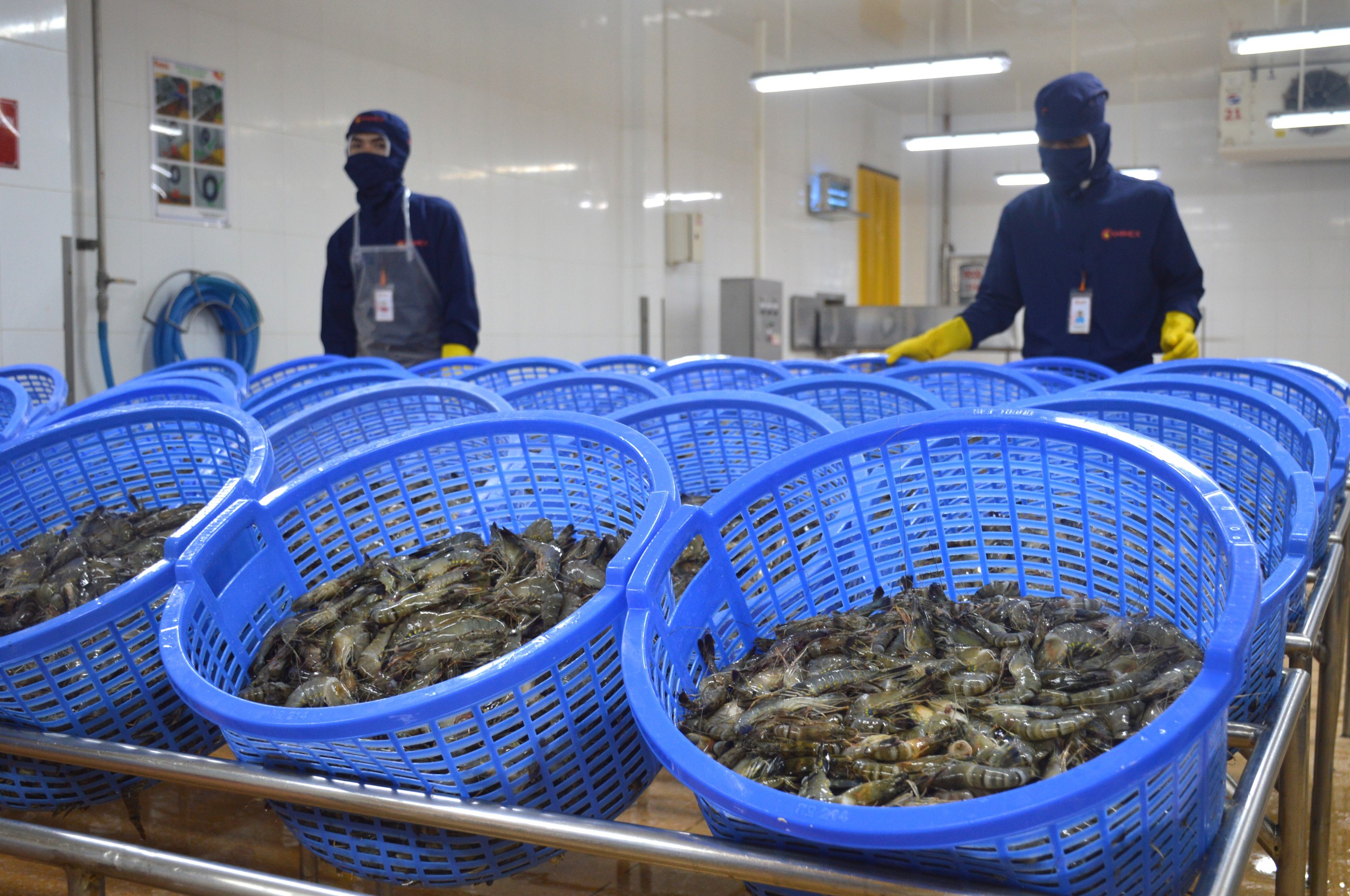
Ecological shrimp has achieved international certifications accepted by many demanding markets.
Mr. Phan Hoang Vu - Director of the Department of Agriculture and Rural Development of Ca Mau province informed: Aquaculture under the forest canopy is a form associated with forest protection and mangrove planting with many farming objects such as shrimp, fish, crab, blood cockles, snails, etc. Today, this model is also considered a measure to absorb carbon, reduce greenhouse gas emissions, in line with the green development trend in the world. This is a form of farming that uses natural food, limits waste generation, low investment costs, and brings quite high income to farmers.
"The agricultural sector is continuing to direct relevant units to coordinate and support seafood processing and import-export enterprises to build linked farming areas, linked to international certification standards to improve product quality, meeting the needs of the export market. In addition, competent authorities must also support traceability, certification of farming areas; building geographical indications, brands, promoting products, connecting markets to consume products," Mr. Vu emphasized.
With its special location, as the only province with three sides bordering the sea, Ca Mau has favorable conditions for developing aquaculture, especially shrimp farming. The province currently has the largest shrimp farming area in the country with nearly 280,000 hectares. The locality aims to maintain the brackish water shrimp farming area by 2025, with an output of 280,000 tons and an export turnover value of 1.4 billion USD.

Source: https://danviet.vn/ve-at-mui-ca-mau-xem-vung-rung-ngap-man-nuoi-tom-sinh-thai-mo-hinh-xanh-thu-nhap-khung-2024091213053478.htm


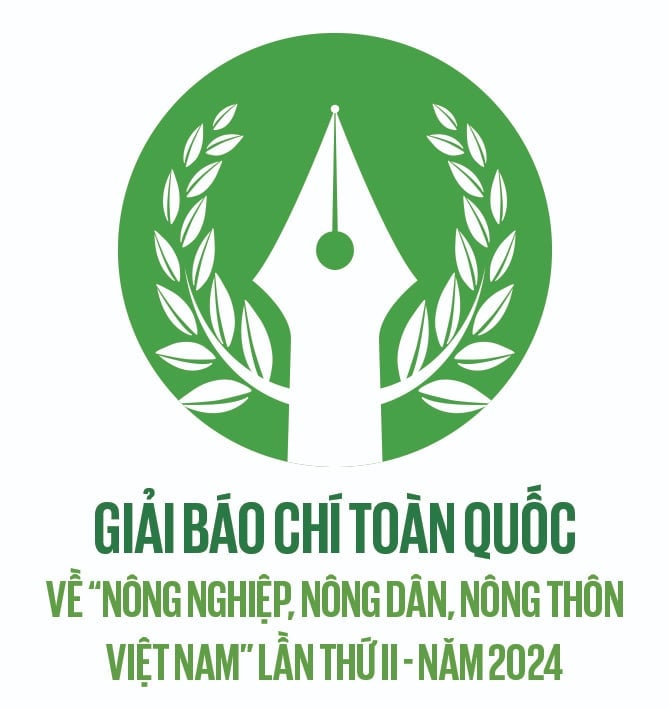





![[Photo] Cat Ba - Green island paradise](/_next/image?url=https%3A%2F%2Fvphoto.vietnam.vn%2Fthumb%2F1200x675%2Fvietnam%2Fresource%2FIMAGE%2F2025%2F12%2F04%2F1764821844074_ndo_br_1-dcbthienduongxanh638-jpg.webp&w=3840&q=75)


![Varieties Revolution: [Part 2] Tissue-cultured bananas overcome challenges](https://vphoto.vietnam.vn/thumb/402x226/vietnam/resource/IMAGE/2025/12/04/1764821852127_3654-102650723_2939528996132898_3129898509587505636_n-1-nongnghiep-113643.jpeg)
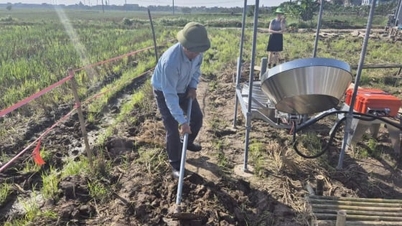

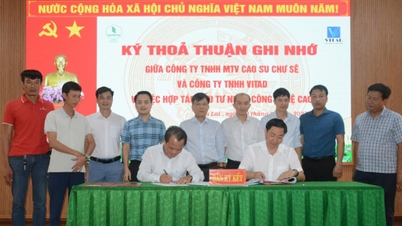
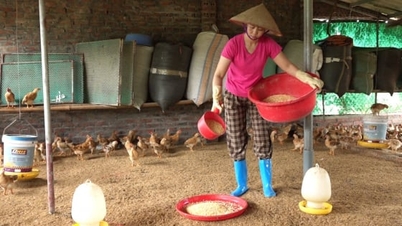
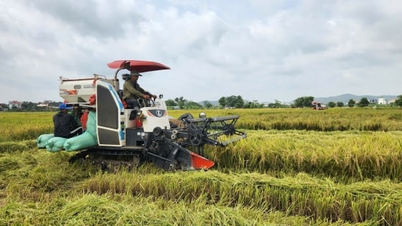




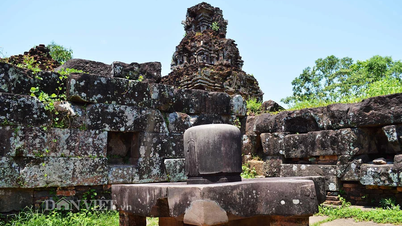
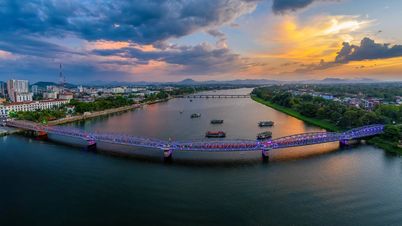
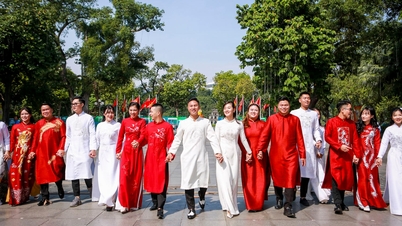

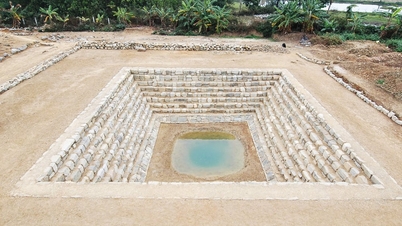
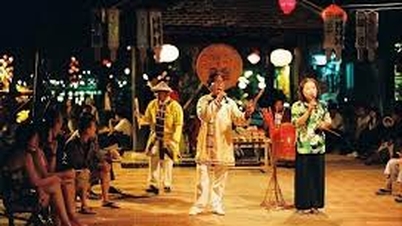

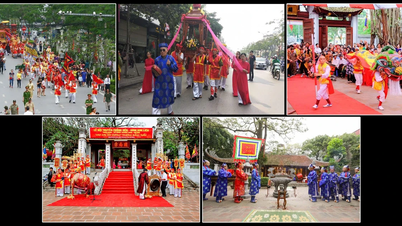

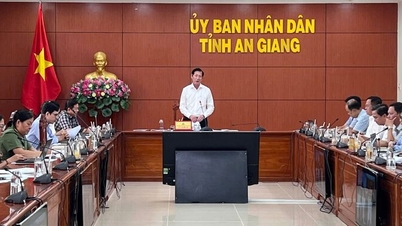

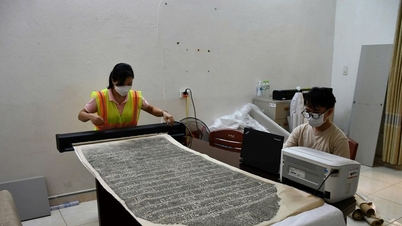

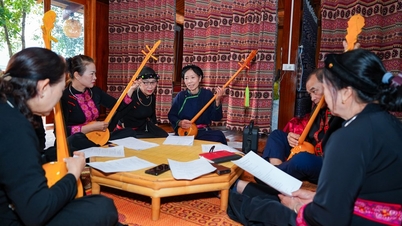



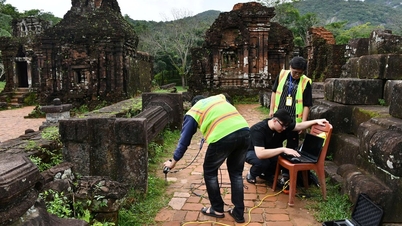




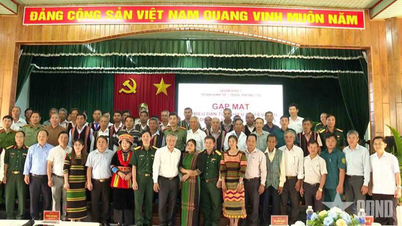

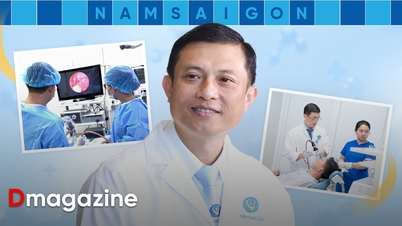

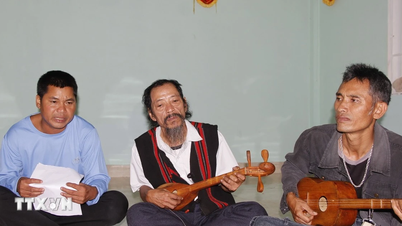
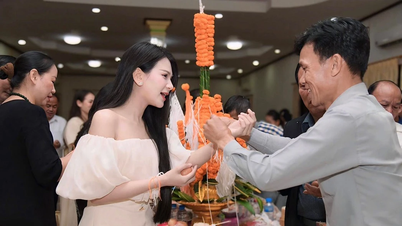



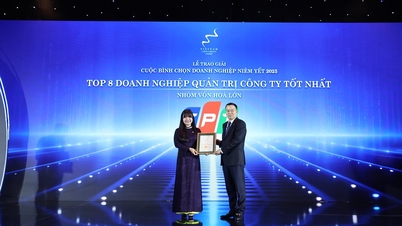



![[VIMC 40 days of lightning speed] Da Nang Port: Unity - Lightning speed - Breakthrough to the finish line](https://vphoto.vietnam.vn/thumb/402x226/vietnam/resource/IMAGE/2025/12/04/1764833540882_cdn_4-12-25.jpeg)
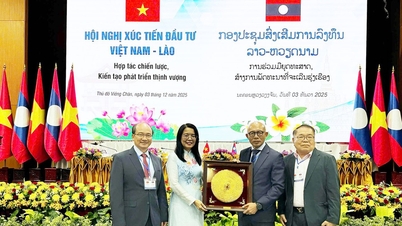

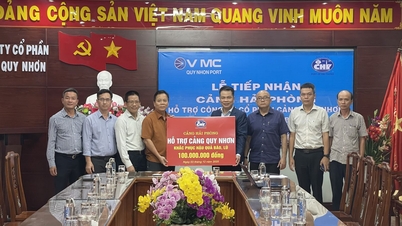







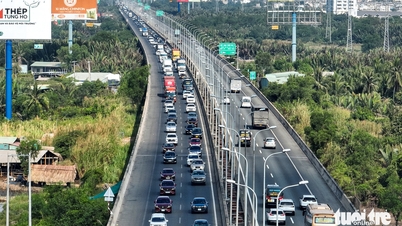





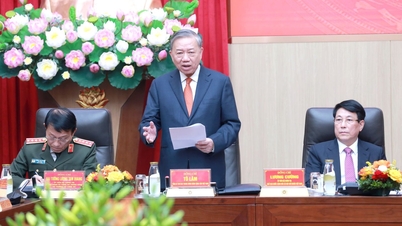

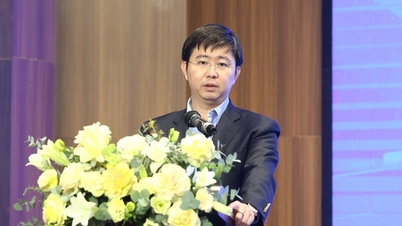

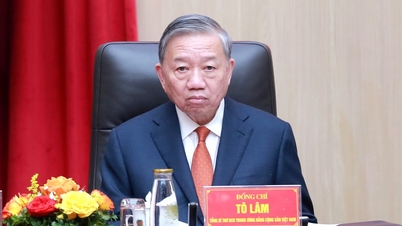


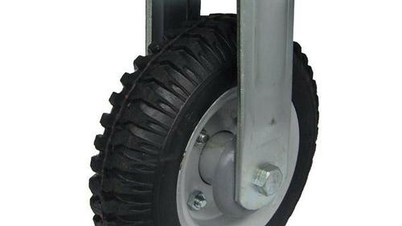


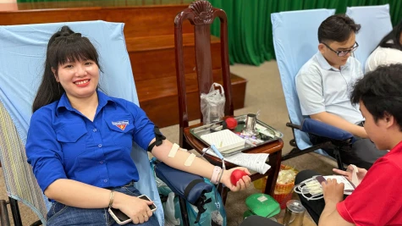

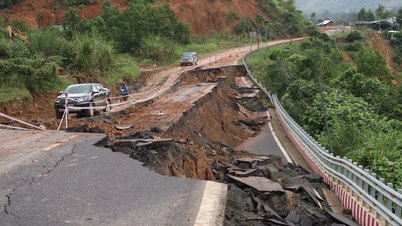



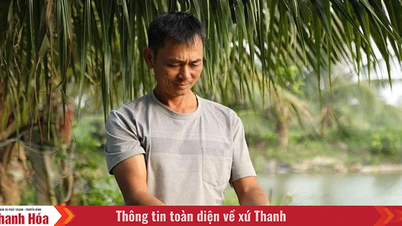













Comment (0)